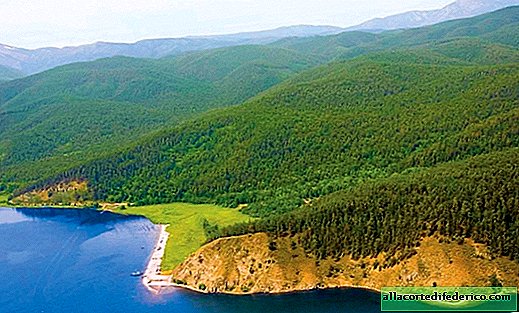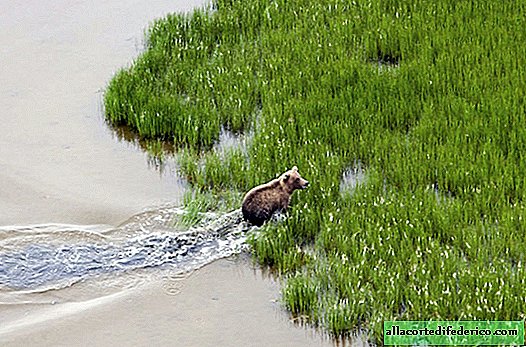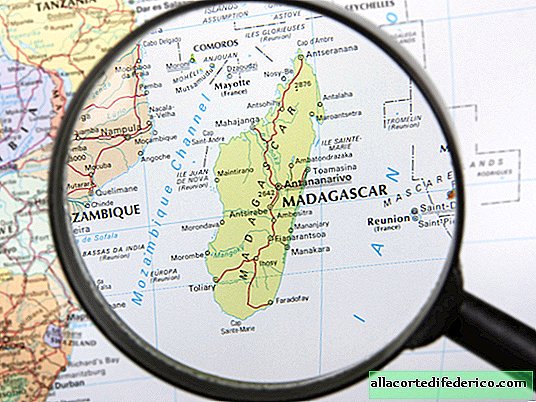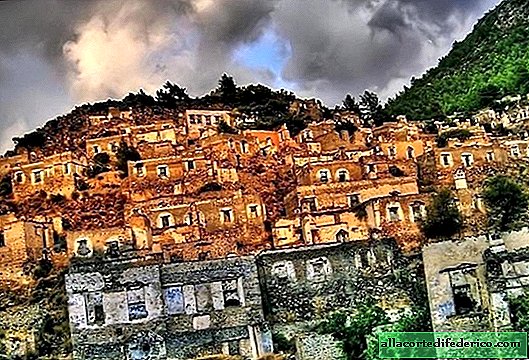Why is Baikal level going down
Baikal is the deepest freshwater reservoir on the planet. The huge volume of pure fresh water, unique plants and animals that inhabit only this lake and not found anywhere else in the world, the amazing beauty of the surrounding landscapes - all this made it possible to include it in the UNESCO World Heritage List.
But today, the well-being of this great lake is in doubt. In addition to industrial and domestic sewage pollution, another problem was discovered. The fact is that in the last 15-20 years there has been a drop in the water level in the lake. It should be noted that Baikal is part of the Irkutsk reservoir, that is, its water level is artificially regulated. At the end of the 50s of the XX century, the dam of the Irkutsk Hydroelectric Power Station was built, and the level of Lake Baikal increased by 1.2 meters. In connection with the involvement of the lake in the processes of power generation, permissible water levels in Baikal were indicated: the maximum level is 457.0 m and the minimum is 456.0 m. According to many years of observation, levels close to the maximum minimum values were observed in Baikal in 2001 ( 456.01 m), in 2003 (456.02 m) and in 2008 (456.05 m). That is, there is a sad tendency to decrease the water level in the lake.

Scientists identify several reasons for this negative process. One of them is deforestation of centuries-old Baikal forests. The destruction of woody vegetation in the Baikal catchment leads to many environmental problems. There is a process of soil degradation, increased evaporation of moisture from the surface, groundwater is depleted and their level drops. As a result, there is a shallowing of the rivers feeding Lake Baikal, the main of which are the Selenga, Upper Angara, and Barguzin. Particularly noticeable are the negative consequences of deforestation in the Selenga River Basin, which has become noticeably shallow in recent years. This river provides more than half of the river flow to Lake Baikal. Especially alarming against this background are the plans of our southern neighbor. The fact is that Mongolia, in whose territory the upper reaches of the Selenga are located, plans to build a cascade of hydroelectric power stations on this river, as well as transfer part of the water for irrigation of desert sections of its territory. Hydroelectric power station dams are designed to provide the main function of these facilities - to maintain a normal design level sufficient to generate electricity. Therefore, until the reservoirs fill up, the flow of the Selenga will be significantly reduced, or even completely discontinued. And the regulation of runoff in dry years will lead to the fact that Baikal will receive less significant volumes of water from its main tributary.

Researchers cite data according to which from the moment of observation of the lake from 30 to 150 rivers and streams that fed Baikal disappeared. This happens due to the destruction of forests and as a result of climate change. According to the official data of the Ministry of Emergency Situations of the Russian Federation, the inflow of water into the lake in the summer and autumn of 2014 due to lack of water was only 67% of the norm.
A decrease in the level of Baikal also depends on global planetary processes, including climate change. Constant monitoring of the lake level has been conducted since the end of the 19th century. During this time, 5 dry periods were observed. According to the Mir deep-water research apparatus, which operated on Baikal in 2008-2010, the lake has experienced many level changes over its 25 millionth history. Fluctuations have occurred and will always happen, scientists reassure. One can only hope that the latest alarming changes will make us understand that the possibilities of Lake Baikal are not unlimited. And this greatest lake of the planet today, as never before, needs close attention, care and protection.


















